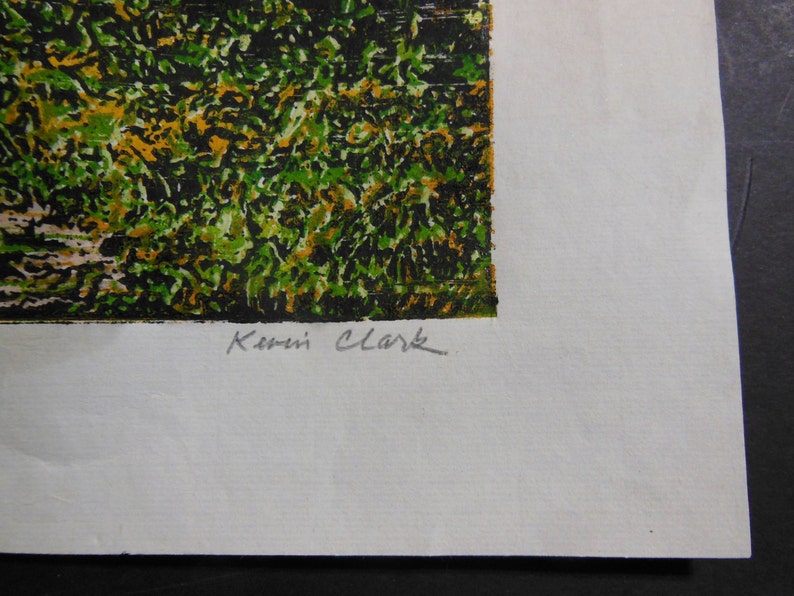
I used prepared rice starch, cooked a two-cup batch and then added water to thin it. I had read (and Louise confirmed) that the paste should be quite thin, maybe the consistency of whole milk.

I used my markings to trim the corners so I could neatly wrap the paper around to the back of the boards. This step may or may not be necessary, but I felt more secure by marking some guidelines to help me know where to place the board. Here's a photo essay on the first step – applying a base layer of washi to the boards. also offers mounting panels with pre-applied heat activated reversible adhesive, but I decided to use the Japanese technique of applying washi to the board and then pasting my prints on top of the washi. Purchased at, these maple plywood panels are made for painters, can be ordered at custom sizes, and have slots on the back for hanging on a single nail or screw. Last week I ordered art boards and washi and by Monday they had arrived. I met with my friend Louise Kohrman, a print artist who knows a whole lot about chine collé, and with her input I became convinced that mounting on boards was the best option for this series. With the SGCI panel about starch paste mounting still fresh in my mind, I wondered if it would be possible to mount the prints on boards using an adaptation of the Japanese method of byoubu (mounting for folding screens). I view it more as nine separate pieces that build upon and converse with one another.
#Gluing down moku hanga prints onto paper series#
They suggested mounting the whole series onto one or two large sheets of washi in a sort of scroll mount, an idea that I ultimately rejected because it would be technically difficult and also because it would imply that the series was a single piece. Even the organizers of the show wondered if I could use an alternative to framing. Happy as I am to have my "Mixed Feelings" prints accepted for the International Print Biennale, the idea of shipping nine framed prints to the UK has been a little daunting. There are no guarantees that this method will work If you use any other kind of ink, sumi ink, ink jet, etc., always testīefore you try this. These are pure pigments suspended in water. I use Guerra pigment dispersions rather than paint or ink.

I'm pasting woodblock prints created using the Japanese method, called moku hanga or ukiyo-e. (Part 2 here and Part 3 here.) Here are a few caveats to note before you try this: This is the first in a three-post series about pasting works on paper onto wooden panels for presentation.


 0 kommentar(er)
0 kommentar(er)
